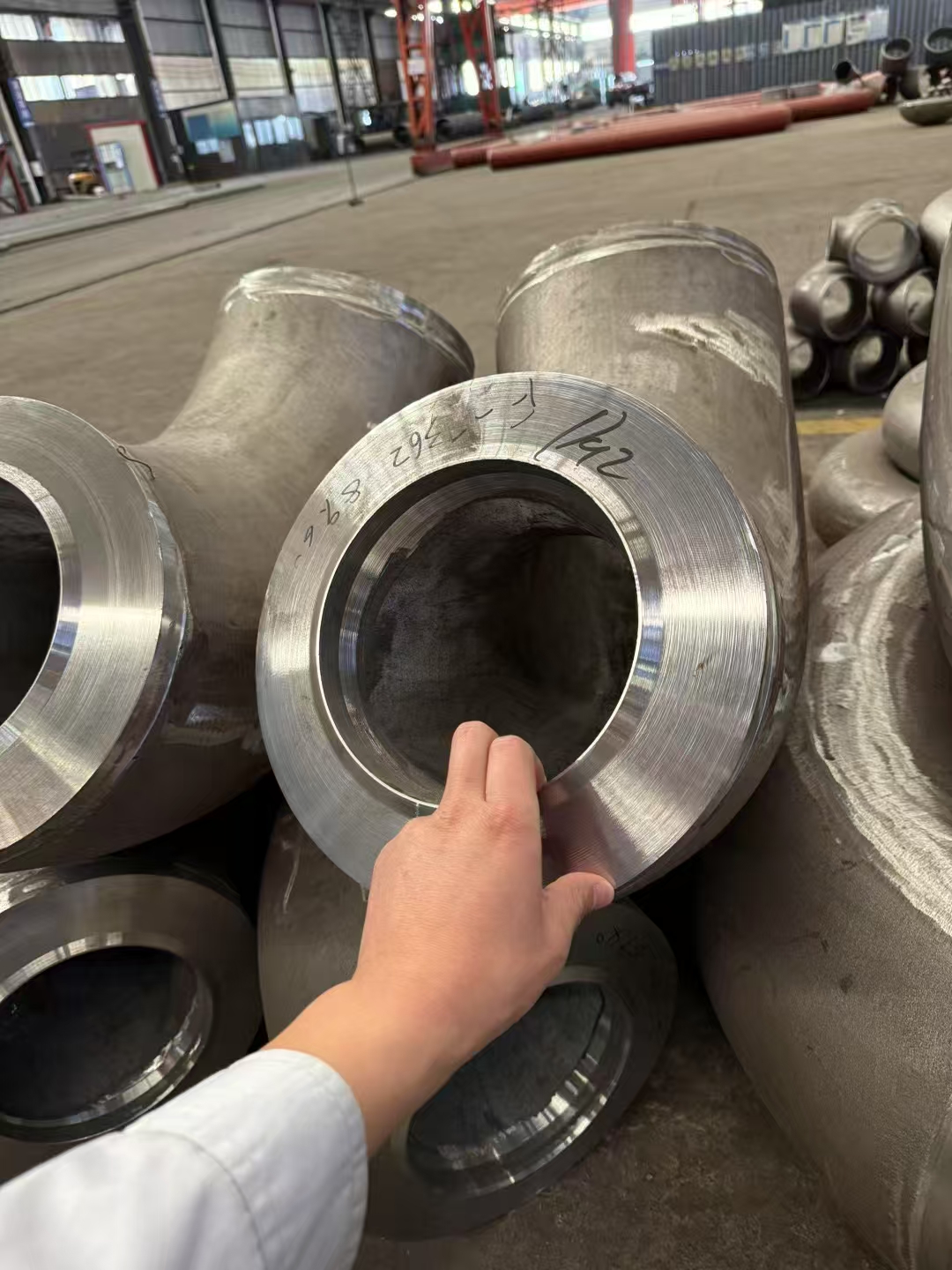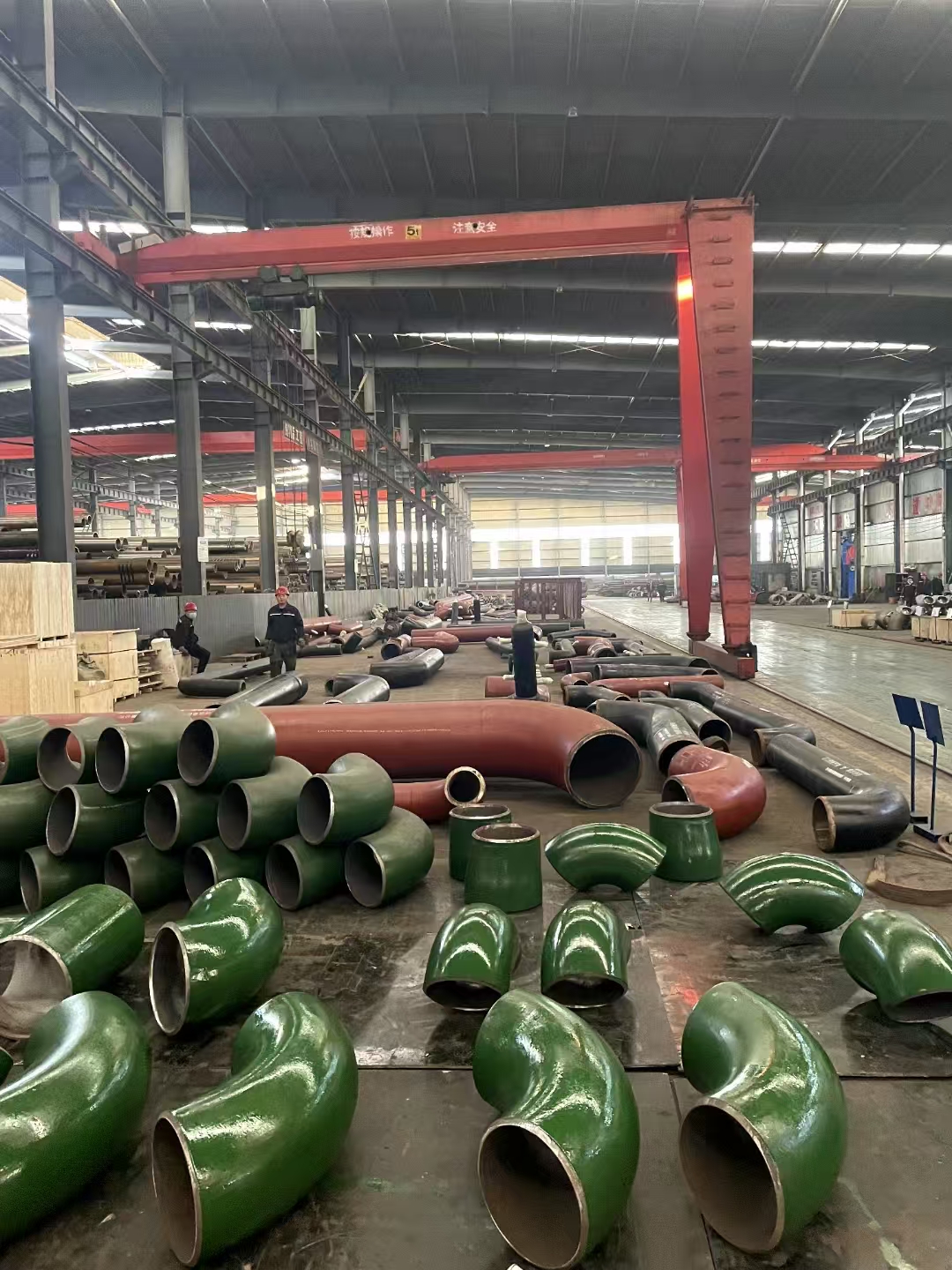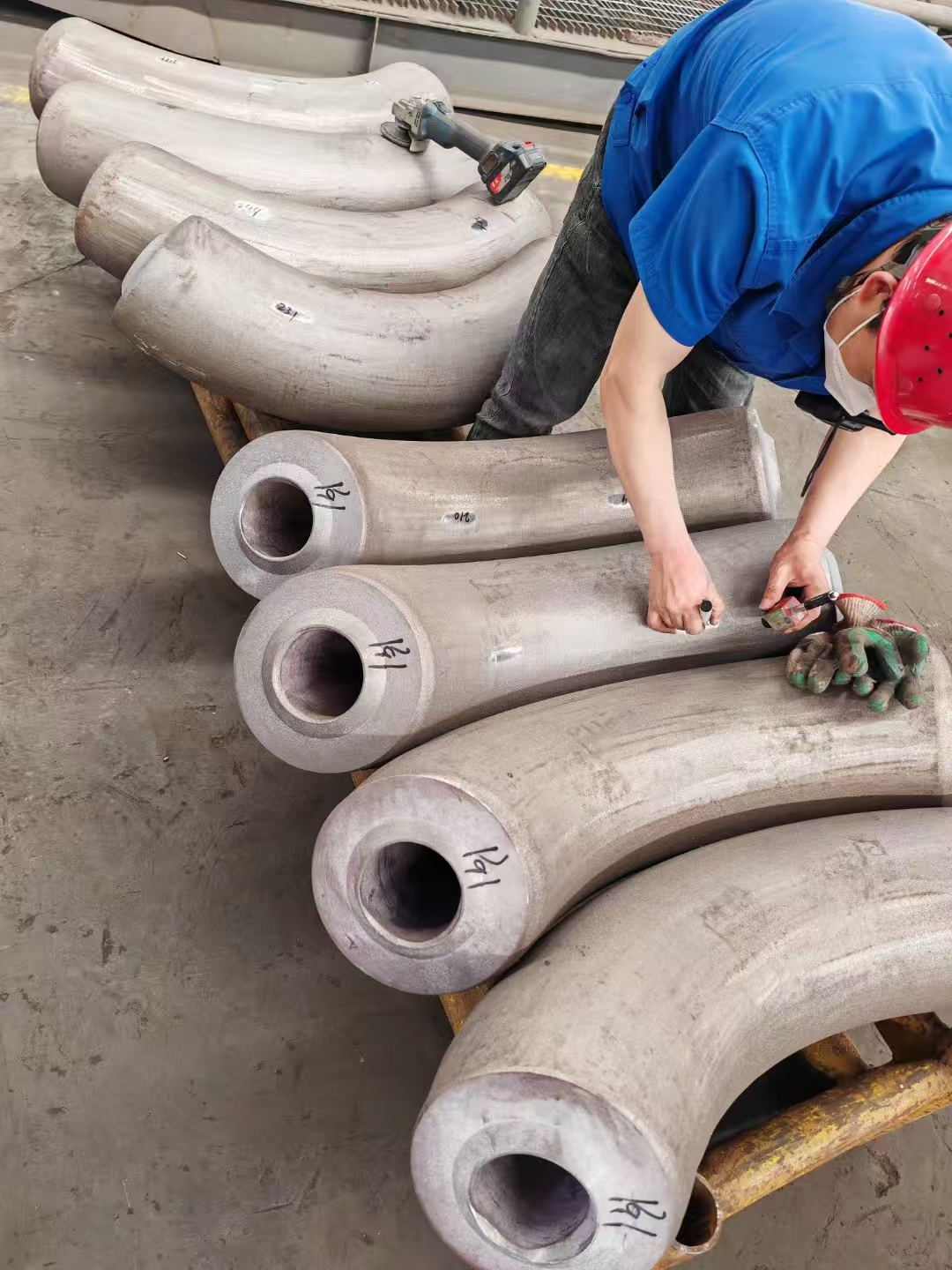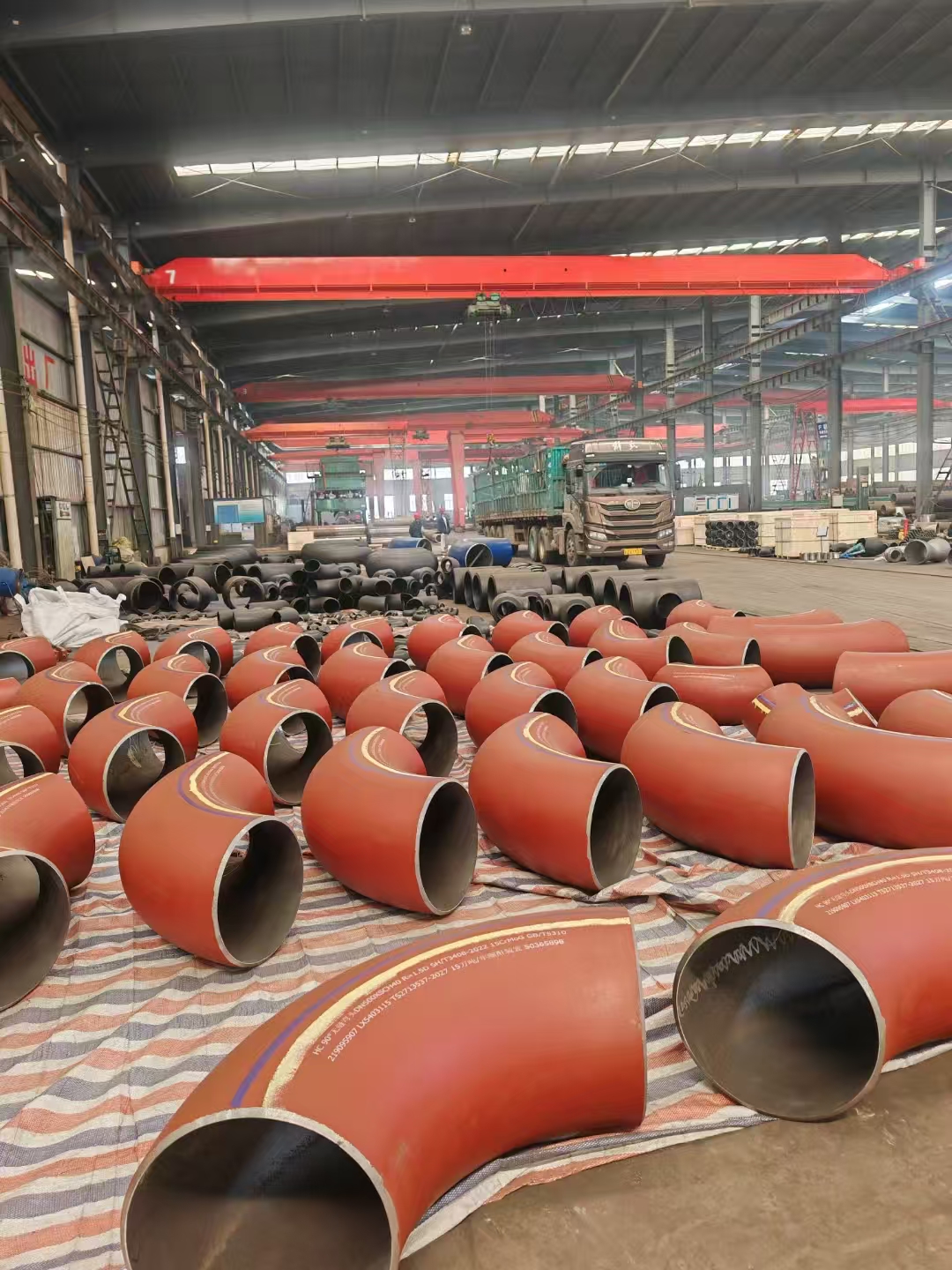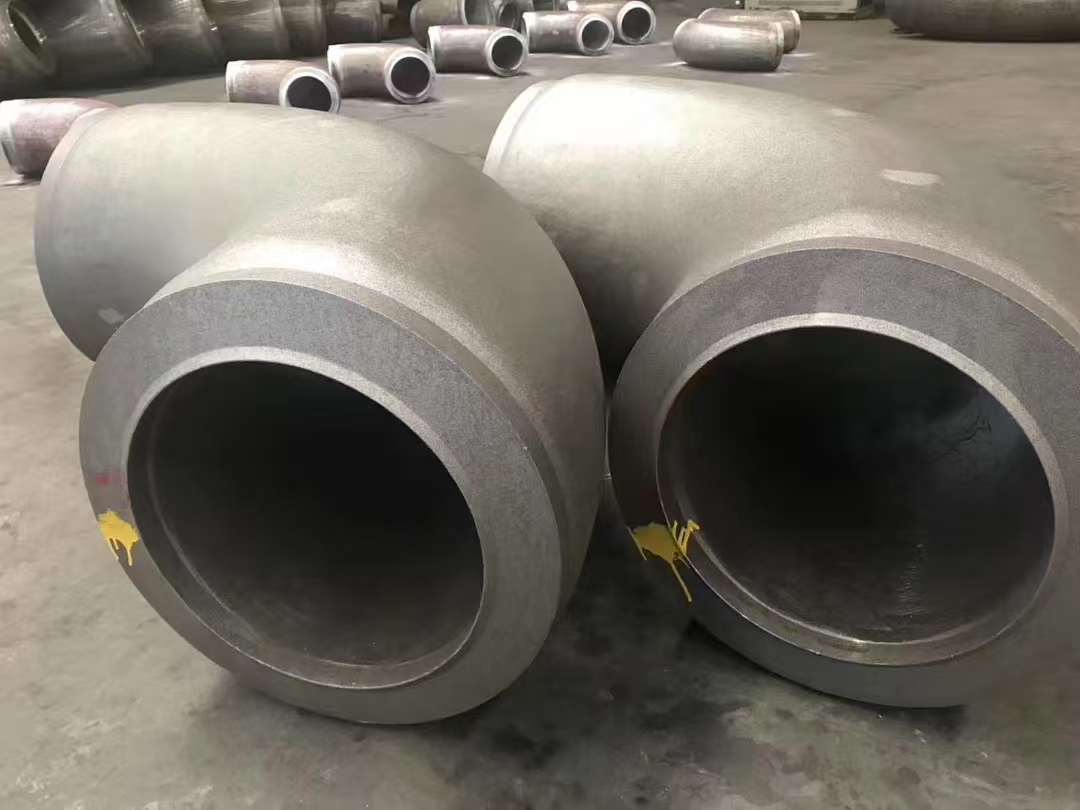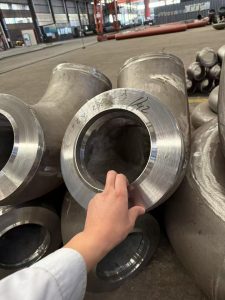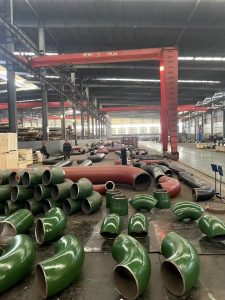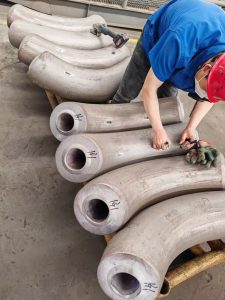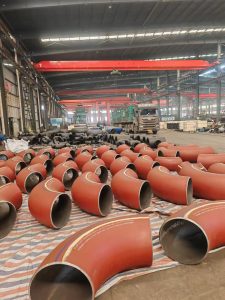Ferritic stainless steel, known for its excellent resistance to stress corrosion cracking and high-temperature oxidation, stands as a versatile material in various industrial applications. This article aims to provide an overview of ferritic stainless steel, including its chemical composition, mechanical properties, product characteristics, application areas, and the competitive advantages that our company brings to the table.
1.Product Overview:
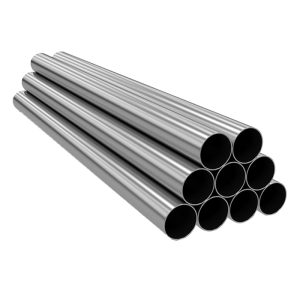
Ferritic stainless steel is characterized by its ferrite microstructure at room temperature, which is stabilized by higher chromium content and low carbon levels, along with other alloying elements like aluminum and titanium. Unlike austenitic stainless steel, it does not contain nickel and exhibits a magnetic nature due to its body-centered cubic crystal structure. AISI types such as 409 and 430 are common grades within this category, offering different combinations of corrosion resistance and formability.
2.Chemical Composition:
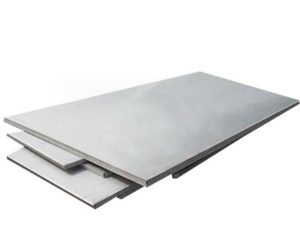
The typical chemical composition of ferritic stainless steel includes a minimum of 10.5% chromium, which is crucial for its oxidation resistance, and low carbon content (up to 0.12%), which minimizes the formation of chromium carbides and preserves corrosion resistance. Other elements such as silicon, manganese, and molybdenum may be added in varying amounts to enhance specific properties like strength and toughness.
3.Mechanical Properties:
Ferritic stainless steels offer moderate yield strength and tensile strength compared to austenitic grades but have superior stress corrosion cracking resistance. They can be cold worked and annealed to achieve different strength levels. Typical tensile strengths can range from 450 to 600 MPa for annealed conditions, while yield strengths may start from 275 MPa and increase significantly after cold working.
4.Product Characteristics:
One of the distinct features of ferritic stainless steel is its excellent resistance to stress corrosion cracking in hot chloride environments, making it suitable for applications involving seawater or other chloride-rich media. Moreover, it exhibits good weldability without the risk of sensitization, a common issue with austenitic stainless steels containing high nickel. The absence of nickel also makes it a cost-effective alternative for those seeking to avoid metal allergies.
5.Application Fields:
The broad applicability of ferritic stainless steel encompasses automotive exhaust systems, kitchen appliances where corrosion resistance is required, architectural construction for exteriors and infrastructure, and marine environments due to its resistance to saltwater corrosion. It is also extensively used in industrial heat exchangers, furnace parts, and chemical processing equipment where high-temperature performance is essential.
6.Company Advantages:
Our company specializes in the production of high-quality ferritic stainless steel, offering several advantages to our clients. We boast advanced manufacturing processes that ensure consistent material quality and adherence to international standards. Our research and development team continuously explores new alloy formulations to enhance performance and longevity. Additionally, our customer service is tailored to provide support throughout the selection, application, and usage of our materials.
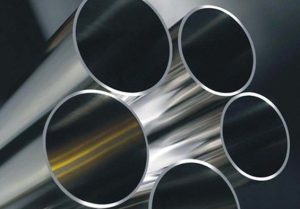
In conclusion, ferritic stainless steel’s blend of robust mechanical properties, superior corrosion resistance, and versatile processability positions it as an indispensable material across numerous sectors. With our commitment to quality and innovation, we stand ready to meet the demands of a changing industrial landscape while ensuring reliable performance and enduring value for our customers.

